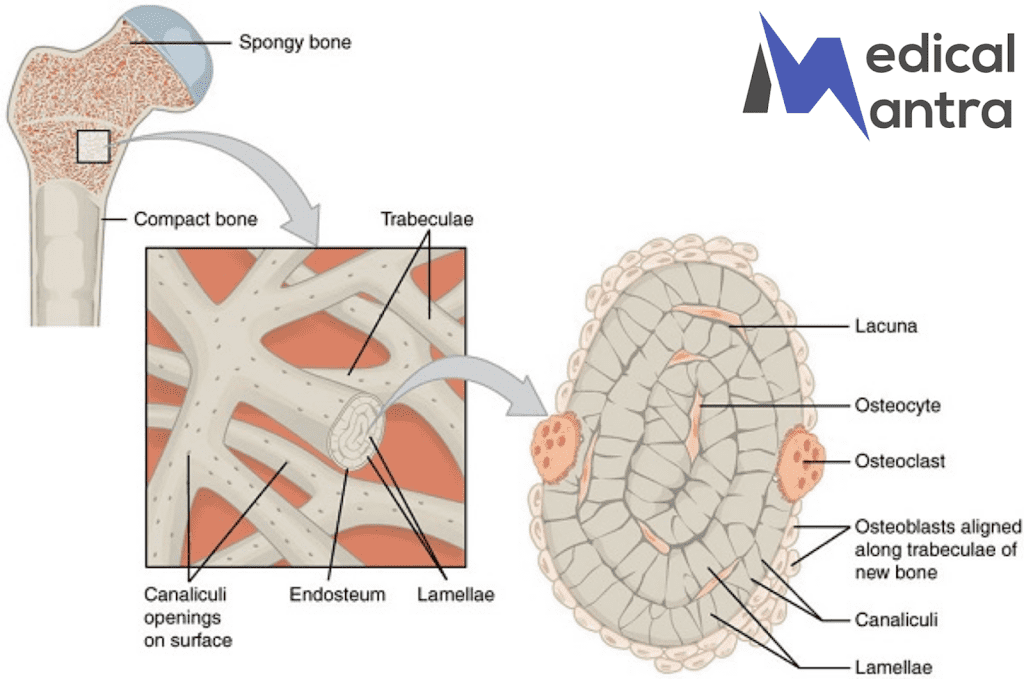Introduction:
Trabeculae bone, also known as cancellous or spongy bone, plays a crucial role in the skeletal system of the human body. In this article, we will explore the structure, function, and significance of trabeculae bone in the context of human anatomy.
Structure of Trabeculae Bone:
Trabeculae bone is characterized by its unique structure, consisting of a network of interconnected thin plates or trabeculae. These trabeculae form a lattice-like pattern, giving the bone a spongy appearance. The spaces between the trabeculae are filled with bone marrow, which serves important functions in hematopoiesis and fat storage.
Function and Importance of Trabeculae Bone:
1. Support and Weight Distribution: Trabeculae bone provides support to the skeletal system, helping to distribute mechanical forces and absorb impacts. Its lattice-like structure enhances the bone’s ability to withstand compressive forces, reducing the risk of fractures.
2. Bone Marrow Production: The spaces within trabeculae bone contain red bone marrow, which is responsible for the production of red blood cells, white blood cells, and platelets. This hematopoietic activity is crucial for maintaining a healthy blood supply and immune system.
3. Remodeling and Homeostasis: Trabeculae bone is highly metabolically active and undergoes constant remodeling. Osteoblasts, the bone-forming cells, and osteoclasts, the bone-resorbing cells, work in tandem to maintain bone integrity, repair microdamage, and adapt to changing mechanical stresses.
4. Calcium Storage: Trabeculae bone acts as a reservoir for calcium, a vital mineral necessary for numerous physiological functions. Calcium stored within the bone can be released into the bloodstream to maintain proper calcium levels in the body.
5. Fracture Healing: Trabeculae bone plays a crucial role in the healing of fractures. The trabecular network provides a scaffold for the formation of new bone tissue during the bone healing process.
Conclusion:
Trabeculae bone, with its intricate lattice-like structure and unique properties, is an essential component of the human skeletal system. It provides support, facilitates weight distribution, houses bone marrow, and contributes to bone remodeling and homeostasis. Understanding the structure and function of trabeculae bone is crucial for comprehending the overall architecture and physiological capabilities of the human body.











